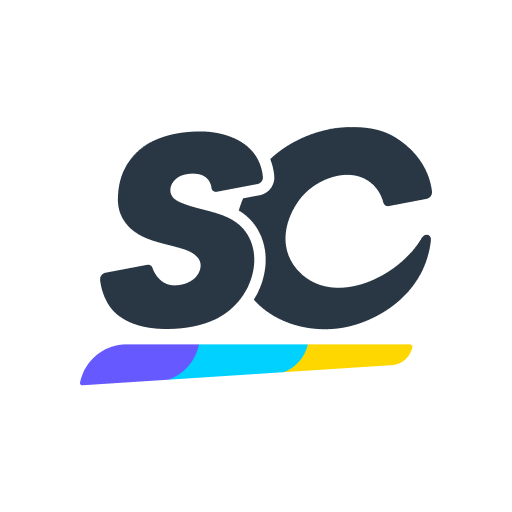Information
-
Document No.
-
Audit Title
-
Client / Site
-
Conducted on
-
Prepared by
-
Location
-
Personnel
-
Review Date and Time
-
Contact/referral date, screening date, Initial appt, Admission
1.11
-
Screening same day; Appropriate staff oversight; Approriate criteria; Priority Access; Rationale, process for screen out
1.12
-
Assessment, including psychiatric, timely based on need; Single clinician oversight; Staff trained and licensed; culturally competent; Effective hand off of information; Admission time frame
1.21
-
Comprehensive Assessment: Recipient reason Strengths, supports, stressors; Mental Status; Mental health services; trauma; legal; family or significant others; finances; housing; culture; language; developmental; clinical information
1.22
-
Substance abuse screen for all using standardized instrument; further assessement when indicated; substance use issues in environment; home environment assessed for youth; staff trained/qualified
1.23
-
self harm risk screen, assessment when indicated; Analysis, formulation, recommendations; Moderate or High risk response
1.24
-
Violence Risk Screen, assessment when indicated; Analysis, formulation, recommendations; Moderate or High risk response
1.25
-
Medical history and health status reviewed by medical staff; recommendations enacted, AIMS as appropriate
1.27
-
Screened for tobacco use at intake and quarterly; Assessed on readiness to quit; Home environment assessed for youth; staff trained/qualified
1.31
-
Significant others, service providers, agencies identified; Participation of family and SO's sought; Input of caregivers for children; Info from recent MH providers
2.11
-
Plan based on assessment; Objectives with target dates; Specific services, interventions and frequencies
2.12
-
Individualized plan strength based; caregiver involvement (C&A)
2.14
-
Treatment reviews, assessement of progress; Reviewed at least 90 days; Plan revised appropriately; Other routine monitoring and changing of plan as necessary by clinician
2.15
-
Documentation of services per plan; Notes linked to plan and response significant information noted; Prescriber documentation
2.21
-
Safety plan elements; plans for at risk recipients; recipients aware of plan; given a copy; education on community supports; revised as needed
2.31
-
Initial plan within 30 days; Plan and reviews signed timely
3.11
-
Flexibility of scheduling; satisfaction surveys and recipients rights; complaint resolution process; advocacy information available
3.12
-
Primary clinician at admission; changes reviewed; processing of changes
3.13
-
Respect and confidentiality; engagement and retention barriers addressed; cultural awareness in services; follow up on missed appts; treatment process and services discussed; training in E&R
3.14
-
Families have contact information; understanding of confidentiality; efforts to develop communication with family; communication with caregivers
3.15
-
Integrated treatment available and offered by qualified staff; stages of change/treatment
3.16
-
Risk assessment at disengagement; appropriate effort to re-engage; contact with collaterals, clinical consult; written invite to re-engage
3.17
-
Gives advice re: tobacco harms and benefits of cessation; interventions documented; informed of tx options including referral; cessation meds available and offered; monitoring of meds with other treatments; comprehensive approach
3.21
-
Relevant discharge criteria; appropriate services arranged; discharge summary complete; discharge info sent
4.12
-
Recipient services based on need; services delivered by appropriate staff; medication only monitoring procedures
4.13
-
Crisis service provided when open; after hours plan with licensed staff; crisis info available to therapist; follow-up on crisis contacts after hours; contact info to recipient and significant others
4.14
-
cultural and language needs are met; written materials for recipient use are in preferred language; culturally matched clinicians if possible
4.31
-
Information sharing protocols; informed of privacy policies; value discussed, consents sought; evidence of information sharing
-
Other Information








